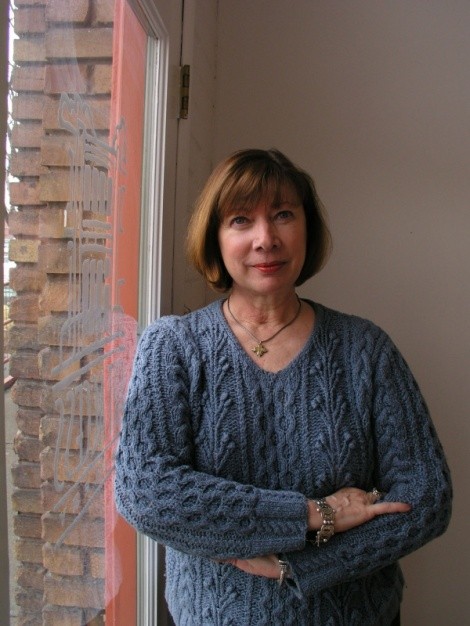
It’s the end of an era for local nonprofit arts organization Arts Access. Executive director Ruth Lubbers is retiring this month after leading the organization for 18 years. But the impact of her tenure on our community can’t be measured simply by time served.
Originally from New Jersey, Lubbers was a fine-arts coordinator for the Intermediate School District in Muskegon, Mich., in the late 1970s. She enjoyed it, but the downturn in the auto industry hit the schools as hard as other segments of the economy there. She and her husband fell in love with Utah while on a visit to the state and moved here in 1981.
Lubbers first got involved here by volunteering at the Salt Lake Art Center, later becoming president of the Art Center Alliance, a support group for the Salt Lake Art Center. Her early work in the community worked to her advantage when applying at Art Access to become executive director in 1993, when then-director Cary Stevens-Jones was retiring.
When Lubbers started at Art Access, she realized that adults with disabilities didn’t have much in the way of resources. She was determined not to cloister them away making baskets, but to make art truly “accessible,” with all the opportunities anyone in the community would enjoy. “I became fed up with what I call the ‘Jerry Lewis syndrome,’” she notes, “parading children with disabilities in front of audiences to fundraise and treating them as less than valuable.”
She has a personal interest in resources for the disabled—her son Mark, now 40, was born with brain damage, and she had experience trying to locate resources for him, which proved helpful in her relatively new hometown.
She set out from the beginning to develop quality programs for adults with disabilities. “The Partners program recognizes adults with disabilities who had talents but just needed to access the local art community in a better way,” she explains. In that program, professional artists mentor disabled or disadvantaged artists with focused goals, leading up to an exhibit of their work, providing tangible results of the relationship.
In a partnership with the Utah affiliate of VSA (The International Organization on Arts and Disability), Art Access provides 10 different programs to the community. Workshops might include a professional artist, someone who’s never picked up a brush before or someone who is mentally ill, blind or deaf. “We bring together people who might not have anything to do with each other,” Lubbers notes.
The most visible aspect of Art Access is its art gallery, founded in 1991. The hallmark of Art Access Gallery, Lubbers believes, has been a spirit of inclusion, key to Art Access’ overall mission. But she also stressed the quality of the art. “We wanted it to feature good artists who had a disability, rather than just ‘disabled artists,’” she explains. The gallery has provided access to not only the disabled, but also artists who lack opportunities—for example, an “outsider art” show that included some artists who are in prison. No one is really an “outsider” at Art Access, with 22 shows a year between its two gallery spaces.
Some artists, like polio survivor Marcee Blackerby, have used their exhibits as an opportunity to make people more aware of their disability. Some artists just happen to have a disability.
The last decade and a half has seen many changes in the local arts community as well, with galleries that have come and gone, but Lubbers finds it resilient. She has also served the arts community as a member of the Salt Lake City 2002 Olympic Winter Games Arts & Culture Advisory Committee, as a board member for the Utah Arts Festival and the Utah Museums Association, and as past president of the Salt Lake Gallery Association.
The most profound legacy of Lubbers’ direction of Art Access may likely be in helping build community. “I’m convinced you can’t have a true community unless everyone gets to have a say,” she says. “You can do that through art: You can explain who you are, deal with controversial issues in a civilized way, express yourself even though you’re from another country and don’t have much English, or even build a career. People can be equal through art.”
With assistant director Sheryl Gillilan now taking the helm, Lubbers says Art Access will be in good hands, even though arts funding around the country is endangered. Lubbers has helped shape Art Access into a place that has enriched the experience of living in Salt Lake City, but it couldn’t have been accomplished by just one person. “I didn’t know I’d end up with such close friendships with co-workers and artists in the community,” she says. “All these people have helped make it happen. It’s been a grand adventure.”